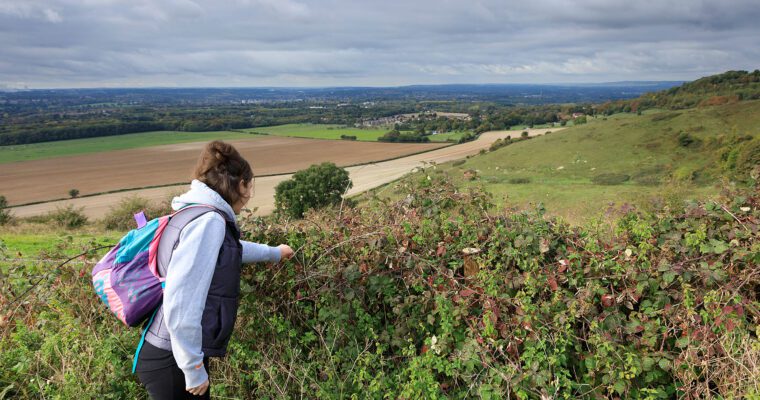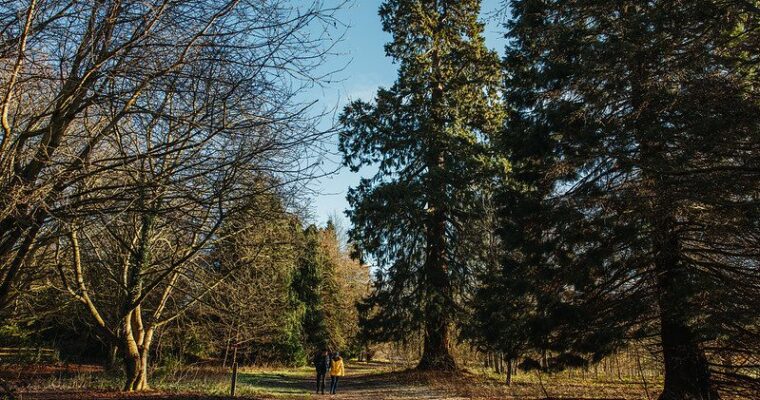Hucking Estate Woodland

The landscape in Kent doesn’t get much more traditionally rural than at Hucking Estate – steep lanes pass by isolated country pubs and houses, surrounded by woodland, thick hedges and open ground habitat, all connected by an array of footpaths, bridleways and ancient droves.
Hucking Estate is unusual in that the entire 232-hectare area (apart from the tiny hamlet of Hucking itself) is owned and managed by the Woodland Trust, having been acquired by the organisation in 1997.
Since then, over 180,000 native trees and nearly a mile of hedges have been planted on ex-arable land, and traditional techniques have been used to enhance the woodland wildlife.
Clearance work has been carried out in some areas, allowing light to reach the woodland floor and encouraging the growth of flora to attract butterflies.
Amateur archaeologists will also find much to interest them here, such as the drove road (used in the past by herdsmen to and from wood pastures), the woodbanks (medieval ownership boundaries) marl pits.
A variety of paths (including two waymarked trails) can be used to explore the area, along with the bridleways, and a visit to this large site with its array of habitats that all complement each other beautifully comes highly recommended.
Easy access information
This park and open space contains uneven trails, un-surfaced or narrow pathways. Also, there are width restricting features, such as stiles and narrow gaps making it difficult for visitors with pushchairs and/or wheelchairs to access some parts of the site.


